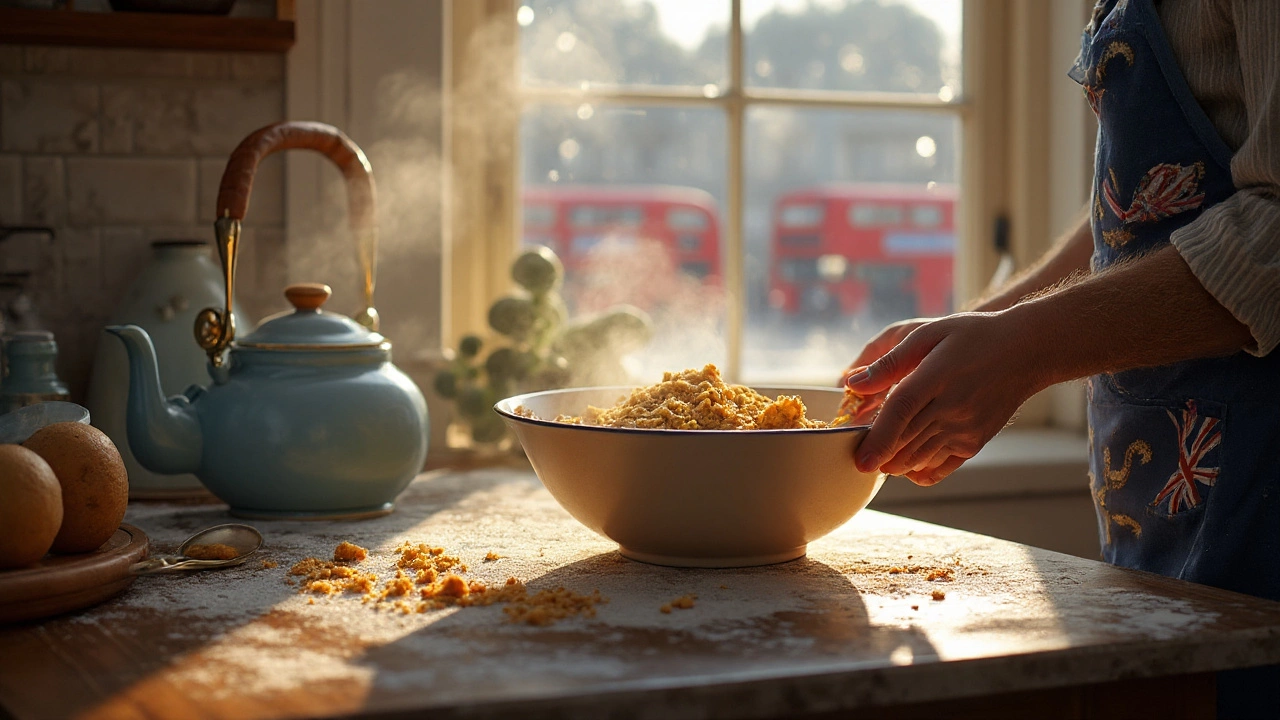
Why Chill Cookie Dough Overnight? Science, Texture & Flavor Explained
Discover how overnight chilling transforms cookie dough, boosting flavor, texture, and spread control. Learn the science, step‑by‑step tips, and FAQs for perfect cookies.
Ever bite into a cookie that’s too flat or crumbles apart? The culprit is usually the dough. Getting the right texture is all about balance – the right fats, sugars, and moisture. Below you’ll find the simplest ways to tweak any recipe for consistent, mouth‑watering results.
Butter vs. shortening makes a huge difference. Butter brings flavor but can make dough spread fast, while shortening slows spread and gives a tender crumb. A common trick is to use half butter, half shortening for the best of both worlds.
Sugar type matters too. White sugar creates crisp edges; brown sugar adds moisture and chewiness. For a soft center, aim for a 1:1 ratio of white to brown sugar. If you love extra chew, increase the brown sugar by a quarter.
Flour is the structure keeper. Too much flour makes dough stiff and cookies cakey. We recommend weighing flour (120 g per cup) and sifting it just before mixing. Adding a tablespoon of cornstarch can soften the crumb without changing the flavor.
Start by creaming butter and sugars until the mixture is light and fluffy – about 2‑3 minutes on medium speed. This traps air, giving the cookie a lift. Over‑creaming can cause the dough to become too airy, so stop once it looks pale.
When you add eggs, beat them in just until combined. Eggs add liquid; too much beating releases more water, leading to a spread‑out cookie. If the dough feels dry after the flour joins, add a splash of milk or a teaspoon of vanilla‑flavored extract.
Chill the dough. Even 15 minutes in the fridge firms up the fat, slowing spread during bake. For thicker cookies, chill for at least an hour. For a softer bite, a quick 10‑minute chill is enough.
Finally, watch the bake time. Cookies keep cooking from residual heat after leaving the tray. Pull them out when the edges look set but the center still looks slightly underdone – they’ll finish setting as they cool.
With these simple tweaks – balancing butter and shortening, adjusting sugar ratios, measuring flour, creaming correctly, and chilling – you can control the dough texture every time. Try one change at a time and note the difference. Before long you’ll be shaping dough that bakes into consistently soft, chewy cookies without any guesswork.

Discover how overnight chilling transforms cookie dough, boosting flavor, texture, and spread control. Learn the science, step‑by‑step tips, and FAQs for perfect cookies.